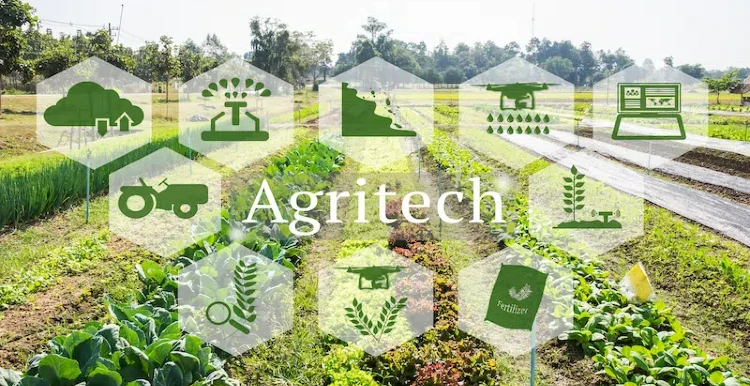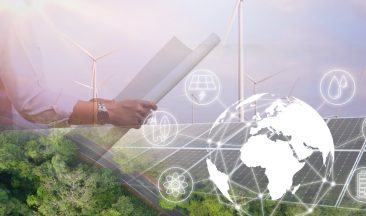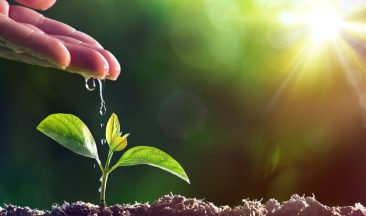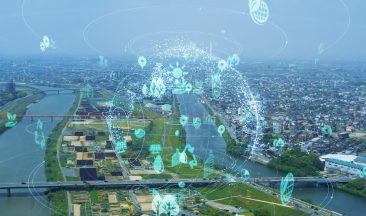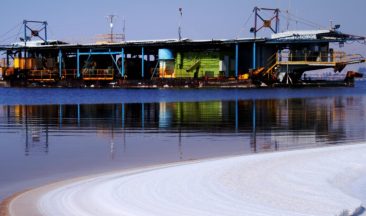The development and adoption of agricultural technology (AgTech) is critical to the responsiveness and profitability of the agricultural supply chain. AgTech refers to any innovation used in agriculture to improve efficiency, profitability, and sustainability while maintaining the highest levels of global food security.
It is estimated that over 800 million people go hungry every day, and with the world’s population only growing, new approaches are required to guarantee global food security. Therefore, the agriculture sector must remain productive and competitive in an almost-unwinnable challenge to maintain global food security sustainably.
The development of AgTech solutions for advancing food security is imperative in a situation that could only worsen as the global population grows. For example, in Africa, the population is expected to almost double within the next twenty-five years.
Hardware and software, business models, new technologies, and new applications are all component parts of this new technology that is driving the agricultural industry forward in the 21st century.
The new frontiers for AgTech are still being mapped out in the digital world, where data, tools, and real-time decision-making come together to support agriculture in meeting ever-rising consumer demands.
AgTech tools that make agriculture more efficient and help advance food security
Digital technology, such as the Internet of Things (IoT), is key to meeting the ever-increasing demand for food in a sustainable way. Agriculture based on IoT collects and analyses data to help maximize operational efficiency, enhance productivity, reduce waste, lower environmental impact, and optimize cost management.
Let´s take a look at some AgTech tools that play a key role in advancing food security.
IoT – the power of data analytics in boosting farm productivity
The Internet of Things (IoT) refers to all physical devices or things that contain sensors that can collect and share data over networks without human intervention.
IoT is about the power of data analytics. Farmers can use various types of remote sensors, robots, drones, and computer imaging combined with analytical tools to transform the collected data into insights. These insights allow farmers to make better informed, timely decisions to boost productivity.
Remote Sensors – an invaluable tool to enable smart farming
Remote Sensors are a well-used feature in the automation of farm operations, strategically situated around a field under cultivation to measure and detect changes in soil moisture and nutrient levels, enabling farmers to make decisions based on solid data that will improve crop yields while reducing wastage of water and fertilizers.
Crop Nutrient Management – keeping nutrients on and in the field
The role of crop nutrition management in advancing food security is of key importance. Efficient nutrient management planning aims to provide the optimal application of nutrients to meet the individual crop needs to maximize yields and quality, and minimize the environmental impact.
Critical factors in nutrient management planning are the nature of the crop being cultivated, nutrient type, irrigation water availability, as well as how and when it will be applied.
Efficient nutrient management plays a vital part in reducing plant nutrient runoff flowing into streams and canals. If nutrients are applied at levels that the plant roots cannot absorb, they will soon dissolve in the soil and reach groundwater through runoff, causing contamination to water.
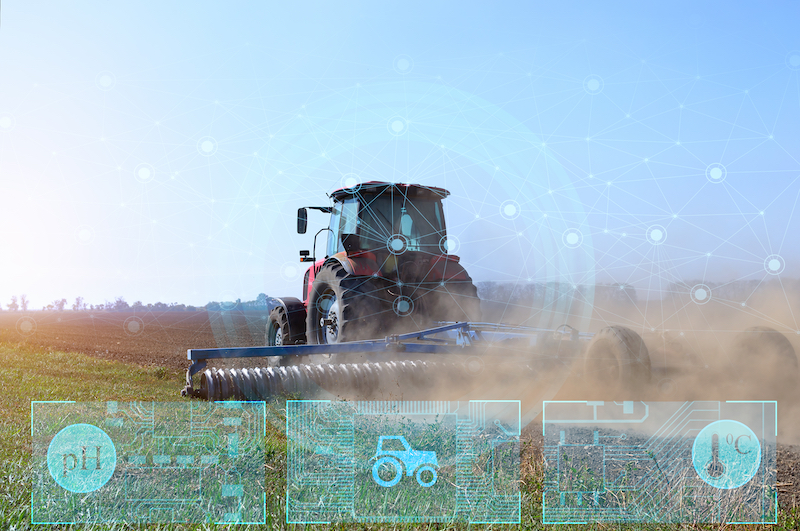
You may also be interested in:
Sustainable Agriculture – a global move
Digital solutions in agriculture – Positive impact on global food supply
Top 10 Agriculture Trends to Watch in 2024
Autonomous Farming – how it will change the face of agriculture in coming years
Traditional agriculture is changing; becoming leaner and meaner to face today’s challenges for ensuring global food security.
Autonomous drones, self-driving tractors, combine harvesters, and even robots that go out autonomously in the fields to plant seeds are expected to become more familiar sites in the near future. These are just some of the innovations currently in their advanced stages of development of AgTech solutions for advancing food security.
Agriculture experts confidently predict that autonomous farming will produce more crops, with less demand for labor and raw materials, while protecting the environment much more than in the past.
Precision Agriculture – the undeniable advantages it brings to modern farming
Precision agriculture is a farm management strategy that collects, processes, and analyzes data to improve farm profitability, efficiency, and sustainability. It is one of the most effective and common applications of IoT in agriculture and is set to play a crucial role in advancing food security sustainably.
Precision agriculture began to emerge forty years ago, when a host of advanced technologies became available, allowing for improvements in fertilizer application at the exact level required for each crop. Nowadays, precision agriculture is simply a whole-farm-management approach that uses technology and aims to use the right product, in the right amount, at the right time, and in the right place.
Predictive Data Analytics in Agriculture – the transition from “Big Data” to “Smart Data.”
Modern-day technology is digitalizing the field, providing many opportunities to improve and streamline farming.
With environmental challenges such as climate, sustainability, and increasing pressure to feed a growing population, AgTech solutions can rely on big data analytics to help advance food security thus enabling new ways to “grow more using less.”
Predictive analytics in agriculture utilizes the analysis of data from events in the past and today, to obtain insights inaccessible beforehand to help predict possible outcomes based on well-informed decisions taken today.
Geographic Information System (GIS) in Agriculture
GIS is an invaluable tool to the modern farmer through its ability to create and manage visual representations of data as well as analyze multiple data layers. The benefits of GIS include improved communication, productivity, and efficiency for improved management and informed decision-making.
Connecting the data generated to a map, GIS performs spatial analysis and can integrate location data with descriptive information, providing a real-time foundation for analysis mapping.
GIS is a vital source of information on climate and agricultural developments worldwide. Applications used in agriculture include crop yield forecasting and health surveillance, pest and insect control, irrigation management, and modeling the impact of climate change, as well as assisting in decision support in terms of reducing emissions from deforestation, and hampering the spread of flooding, erosion, and drought.
Based on soil data, GIS can also determine which crops should be planted, where, and how to provide the best possible crop nutrition to get the most out of each harvest.
Bioengineering in today’s Agriculture
Biological engineering is another essential means of ensuring that the global population can enjoy access to the necessities that life in the 21st century depends on.
The American Society of Agricultural and Biological Engineers defines Agricultural Bioengineering as “the discipline of engineering that applies engineering principles and the fundamental concepts of biology to agricultural and biological systems and tools, ranging in scale from molecular to ecosystem level, for the safe, efficient, and environmentally sensitive production, processing, and management of agricultural, biological, food, and natural resources systems.”
The role of bioengineering in agriculture is to provide efficient solutions to the Ag Industry that increase productivity, and food safety while reducing waste and protecting natural resources.
ICL’s Role in Advancing Food Security
ICL is a leading player in the global food supply chain. As such, we have positioned ourselves at the forefront, responsibly advocating for improving food security. We are creating a broad range of sustainable AgTech solutions, fertilizers, food processes, alternative proteins, and other products that extend shelf life and reduce waste.
We adhere to the highest environmental standards and utilize the best available technologies to develop innovative sustainable approaches.
We also work with farmers in developing countries to help them expand their knowledge to become proficient in modern sustainable agricultural practices. This will help farmers increase productivity, make efficient use of their land and other resources, and reduce their environmental footprint.
